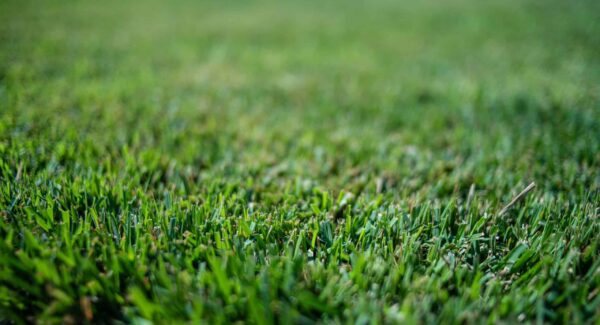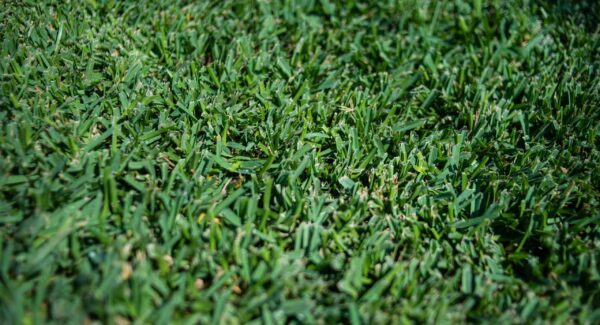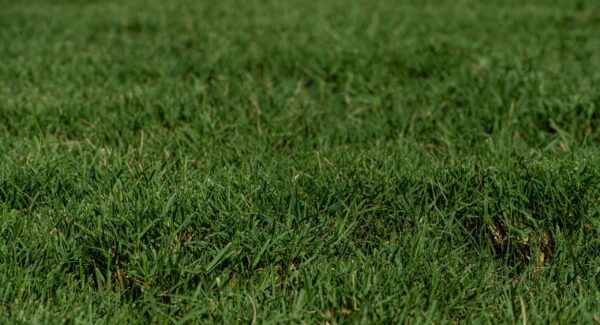The Pros and Cons of Sod vs. Seed: Which is Best for Your Yard?
The sweet smell and deep color of thick green grass are part of the suburban homeowner’s dream. Most likely, your home already has grass in the yard. When laying a brand-new turf, repairing the original sod, or planting grass for a new build, determining the pros and cons of sod and seed depends on soil, climate, and your own personal vision.
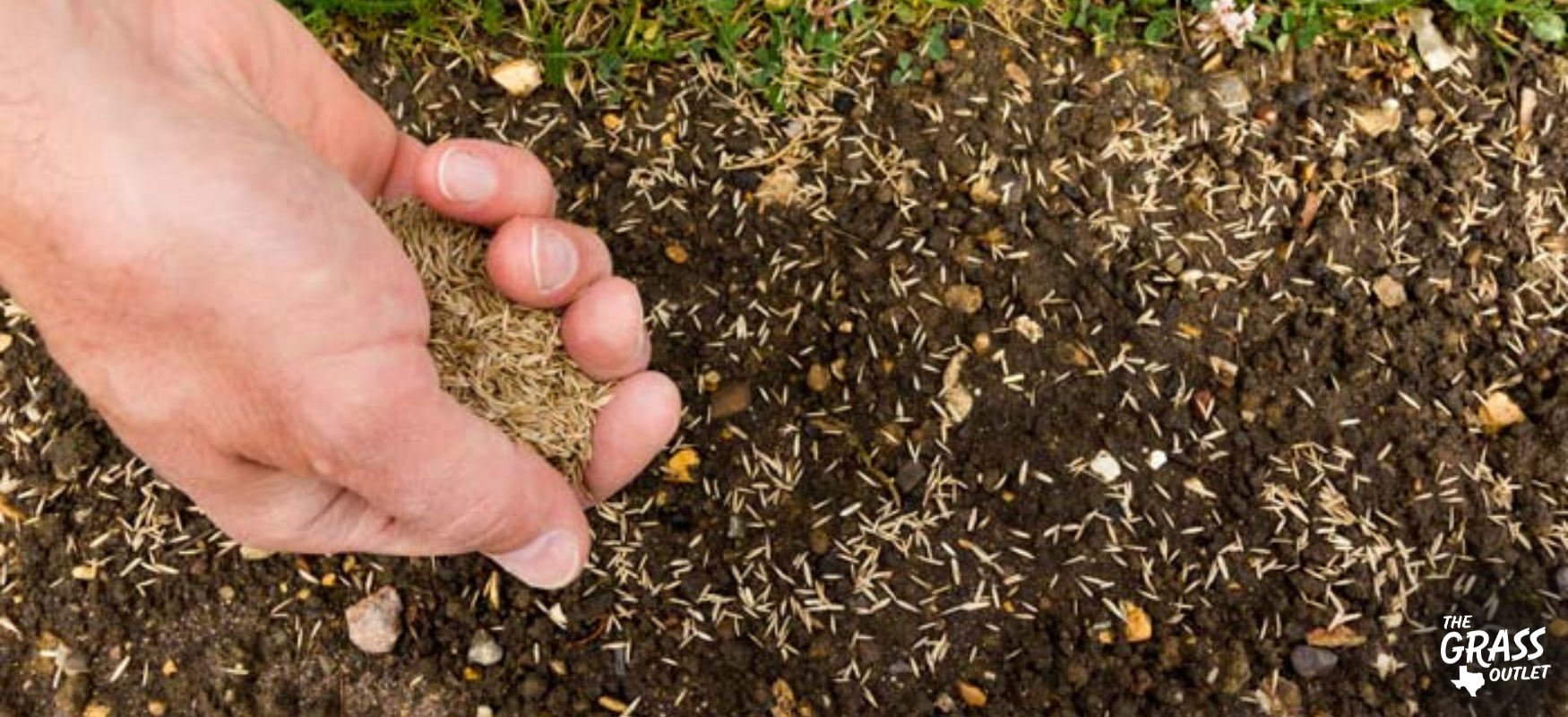
Keep It or Start Over?
If the lawn is well established, does it make sense to make improvements or start over completely? The health of the turf makes a big difference when deciding on seed vs. sod.
Check out the lawn for weeds, crabgrasses, brown patches,yellowing, and other grass concerns that look damaged upon sight. Typically, if a lawn has fewer than 40 percent weeds, it can be improved with post-emergent herbicides and fertilizers.
Warm-season grasses like St. Augustine, Zoysia, and Bermuda grow best in tropical and hot Texas climates. If the lawn has more weeds and crabgrass than actual grass blades, consider a total renovation.
Seeds or sod? It depends on the soil, climate, and how much sweat equity or professional expertise you’re willing to put into your expensive home investment.
Soil Testing
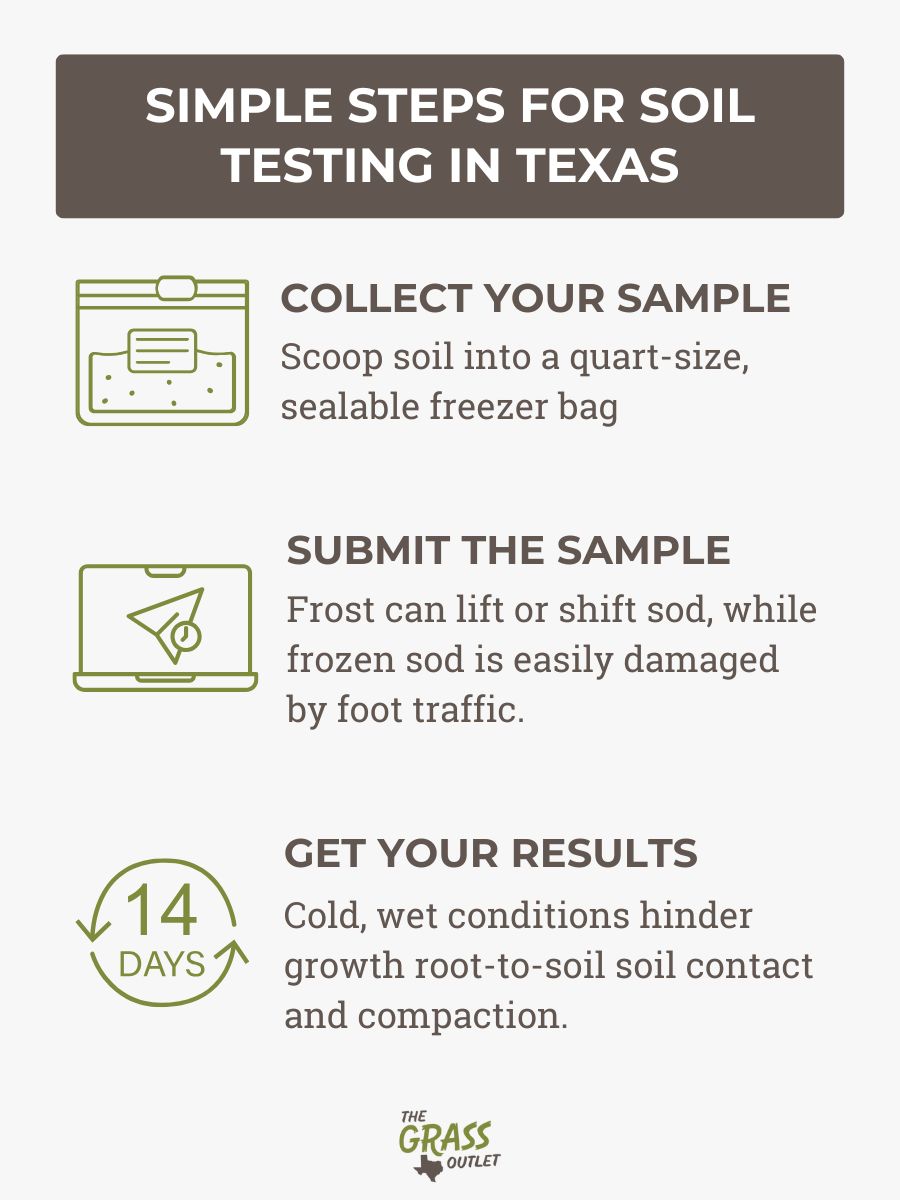
Soil testing in Texas is simple:
- Collect a sample (place soil in a sealable quart-size freezer bag).
- Send the sample to a Texas A&M AgriLife Extension Office, along with a form and related fees.
- Wait about 10-14 days for an analysis response.
The report provides numbers on soil components such as magnesium, sulfur, acidity, alkaline, calcium, sodium, nitrogen, potassium, and phosphorus.
The Pros of Sod
Planting thick, pre-grown sod directly in the yard is easier than seeding, especially if it’s a whole lawn. Harvested sod has “mature” grass and soil layers that are pre-woven with roots. The advantages of using sod are that you have a “finished” lawn as soon as the grass is in place. Although the roots are not yet established, the look is there.
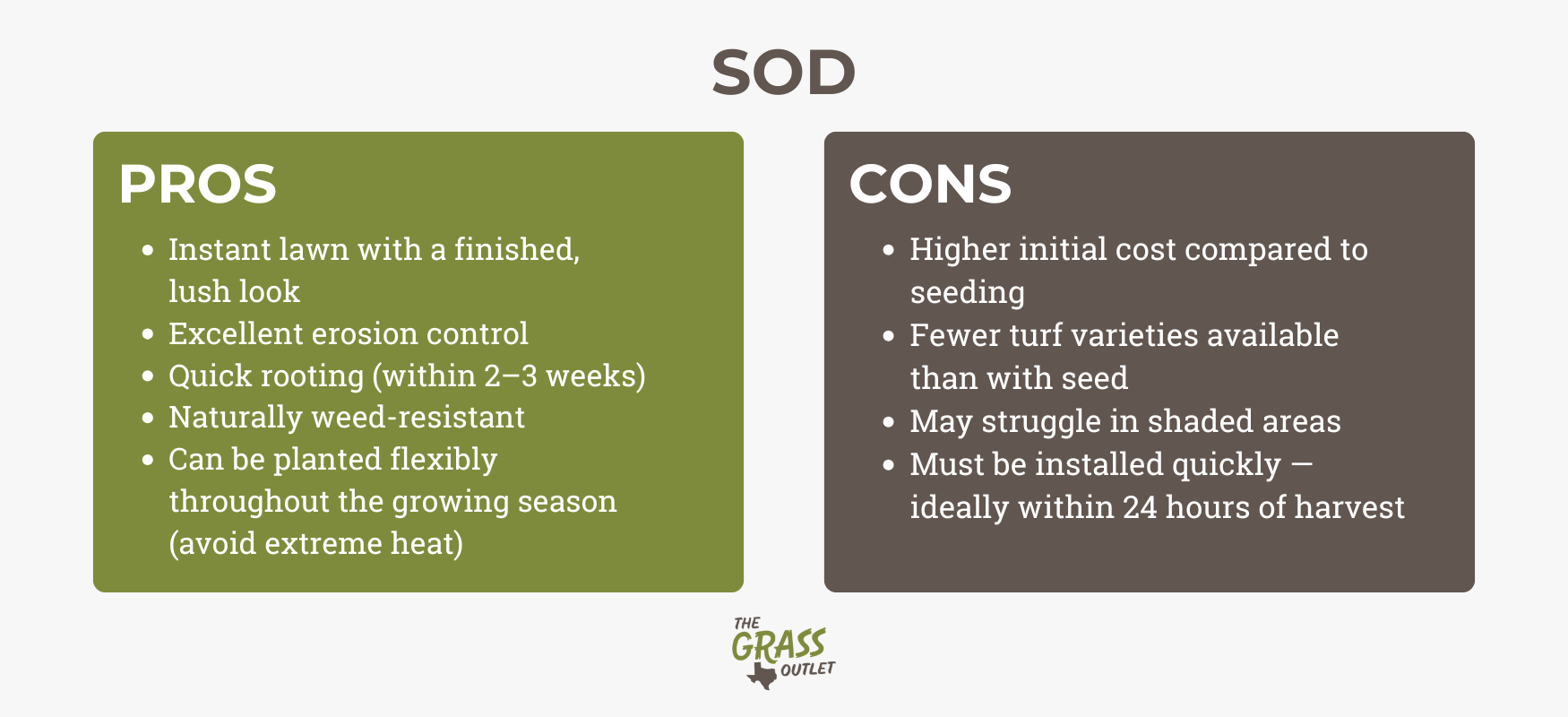
Other advantages?
- Sod keeps soil in place, preventing erosion from slopes and uneven turf.
- Sod generally takes root in only two to three weeks.
- Fewer weeds sprout up with pre-treated sod.
- Sod is ready for planting (almost) anytime during the growing season (but avoid those really hot, dry periods).
The Cons of Sod
Cost. Between the product and labor, laying thick new sod costs more than strewing grass seed, and laying sod is a challenging DIY project because if it‘s done wrong, the grass could die. But on the pro side, professional installers will be sure seams are laid correctly, and sod is positioned to take root. The average cost for professionals to lay sod is 86 cents to $1.75 per square foot, not including materials.
Availability. Sod farmers have a limited number of turf choices available, whether they are warm-season or cool-season grasses.
Yard and climate. Growing conditions may vary between the sod farm and your yard. Because sod is generally grown in full sunlight, it may not thrive in a shaded lawn.
Transplanting challenge. Harvested sod is best set into place as soon as possible, preferably within 12-24 hours, depending on temperatures.
To Seed …
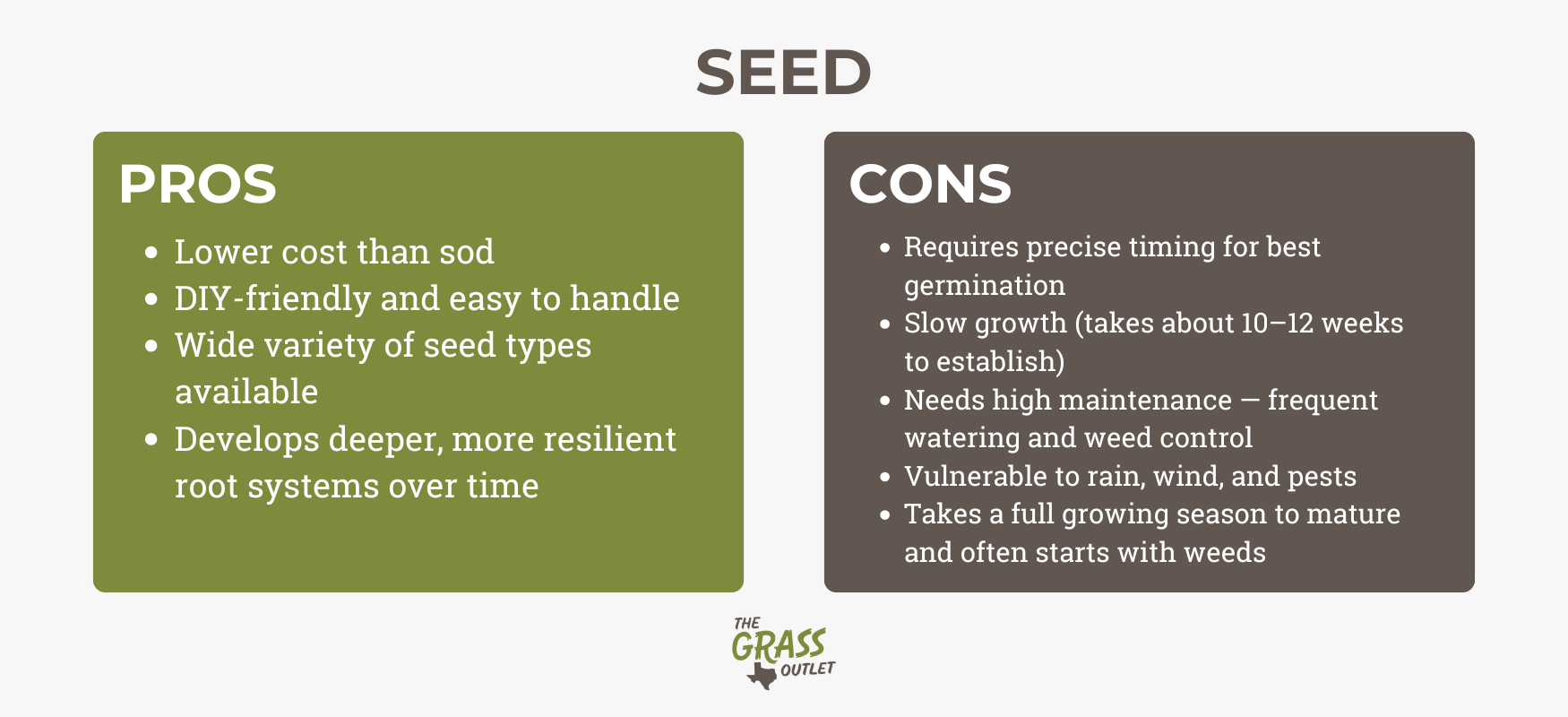
Initial cost is lower. Grass seed varies in cost, but it’s cheaper than sod upfront.
Labor costs. As a DIYer, the labor costs are practically non-existent (if you do it right the first time).
Choice of seeds. With so many seed varieties available, you can choose what’s best for your yard location, sunlight access, soil pH, and topography.
Rooting roots. Seed roots dig deeply into the soil.
Or Not To Seed
Seeding a lawn directly has its downsides.
Seed Windows. Sowing seeds depends on whether the grass is a cool-season type (like Kentucky bluegrass, ryes, or fescues) or warm-season (like St. Augustine, Bermuda, Bahia, or Zoysia). Grass can become diseased or bug-infested if you miss the proper growing window.
Germination. Seeds germinate at varying times, and it typically takes 10 to 12 weeks for them to look like a lawn—if they grow evenly. Weather plays a part, too.
Attention. After laying grass seed, be prepared to keep your eyes on the prize. Water consistently and check for weeds (grass seeds “fight” with weed seeds for nutrients, light, and water). Birds and wildlife may snack on the seeds.
Nature’s Elements. Loose seeds and soil are susceptible to heavy rain, mud puddles, winds, and anything else Mother Nature tosses into the mix. Also, newly seeded lawns take at least one full growing season to thicken and mature. (Chances are, the turf will have weeds in it, thanks to those blowing dandelion seeds).
The pros and cons of sod and seed mostly depend on where you live, how much land you want to cover, and what you want to spend. The biggest question is whether or not you can accept anything less than perfection. If not, go with a professional The Grass Outlet.
